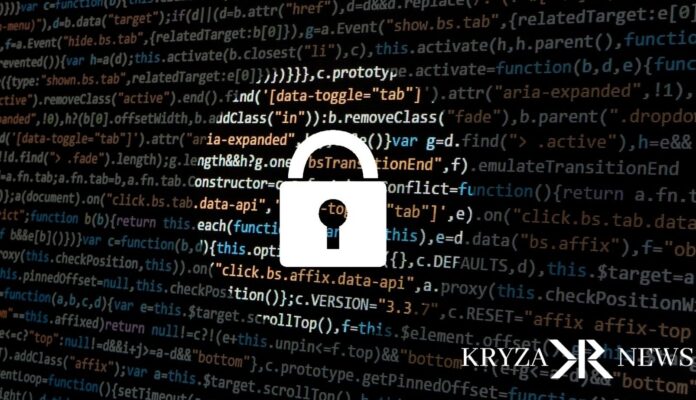Cryptocurrency landscape is witnessing a revolution fueled by cutting-edge AI models, advanced algorithms, and state-of-the-art GPU/CPU technologies. These innovations provide a glimmer of hope for recovering billions of dollars worth of lost digital assets through groundbreaking decryption strategies.
Cryptocurrency Challenges in a Growing Market
As the cryptocurrency market capitalization expands, so does the diversity and complexity of assets. This growth, driven by technological advancements, unfortunately, leads to an increase in the number of lost or inaccessible assets. It is estimated that hundreds of billions of dollars in digital currency remain in limbo due to forgotten passwords, hardware failures, and unfortunate events such as the untimely death of asset owners.
Reports indicate that around six million Bitcoins, a substantial portion of the total supply, are currently missing. Additionally, 29 percent of Bitcoin has not been moved in the last five years. While some of these assets belong to long-term investors, it is a stark reality that certain BTCs are lost or inaccessible due to forgotten passwords.
But there is a silver lining to this seemingly grim situation.
Emerging Technologies for Crypto Recovery
Ongoing efforts are being made to develop new methods and technologies for recovering lost, forgotten, or inaccessible digital assets. Regardless of the user’s balance, crypto wallet recovery services are actively engaged in helping users regain access to lost Bitcoin or Ethereum stored in software or hardware wallets.
This piece delves into the advanced solutions employed by crypto recovery firms, shedding light on the technical skills, legal acumen, and customer-focused approaches driving successful recovery efforts.
Advanced AI Techniques
At the core of crypto recovery lies cutting-edge technical solutions addressing issues from forgotten passwords to damaged storage devices.
Artificial Intelligence (AI) models are at the forefront of transforming crypto recovery strategies. Leveraging machine learning, these models analyze vast datasets to identify patterns and predict likely passwords and encryption keys. AI-powered methods uncover new, previously undetected patterns crucial for finding lost passwords.
An exemplary AI model, PASS-GPT, based on OpenAI’s GPT-2, boasts a 20% increase in password-guessing capacity. Utilizing progressive sampling, PASS-GPT generates hard-to-decipher passwords, showcasing its potential in crypto recovery efforts.
The Power of Modern GPUs and CPUs
The introduction of faster Graphics Processing Units (GPUs) and Central Processing Units (CPUs) significantly boosts computational capabilities for crypto recovery. These advancements allow for more effective brute-force attacks, methods involving trying all combinations until the correct password is found.
GPUs excel in cryptographic calculations and brute-force attack scenarios due to their ability to perform numerous simultaneous calculations. CPUs, on the other hand, are better suited for memory-intensive encryption algorithms like SCRYPT, a password-based key derivation function designed to deter large-scale custom hardware attacks.
The combined muscle power of GPUs/CPUs ensures a faster and more efficient recovery process, improving the chances of success without compromising asset security.
Algorithms vs. Side-channel Attacks
Algorithmic innovations play a crucial role in enhancing the decryption capabilities of recovery services, optimizing for ever-increasing operating speeds and capacities to obtain more precise results.
While these algorithmic advancements significantly improve decryption capabilities, they also bring forth challenges, notably side-channel attacks. These attacks exploit the physical execution of advanced algorithms to compromise security.
Ethics and Security
As technology progresses, ethical considerations and security implications must be addressed. While the primary goal is to recover lost digital assets, awareness of potential scams is paramount.
Legitimate crypto recovery services stand out by avoiding upfront fees and operating transparently and ethically. However, the prevalence of scams, promising guaranteed recovery or requesting sensitive information, poses a significant threat.
Users must be cautious to avoid imitation websites that mimic legitimate recovery services, aiming to misappropriate funds. Researching the presence and reliability of the rescue service on social media platforms is crucial before making any requests.
This focus on ethical practices and security measures aims not only to protect assets but also to safeguard the trust and privacy of individuals in the crypto space. By adhering to these principles, recovery services can offer a beacon of hope to those who have lost access to their digital fortunes without compromising the integrity of the ecosystem.
In Conclusion
The integration of AI models like PASS-GPT, advancements in computing hardware, innovative algorithms, and techniques like side-channel attacks significantly enhances the capabilities of crypto recovery services. These technological breakthroughs offer new hope for recovering lost assets, showcasing the potential to address even the most daunting challenges.
As the digital asset landscape continues to evolve, staying informed about the latest recovery technologies and best practices is the best defense against loss. Users should choose recovery services wisely and always prioritize security and ethics.






